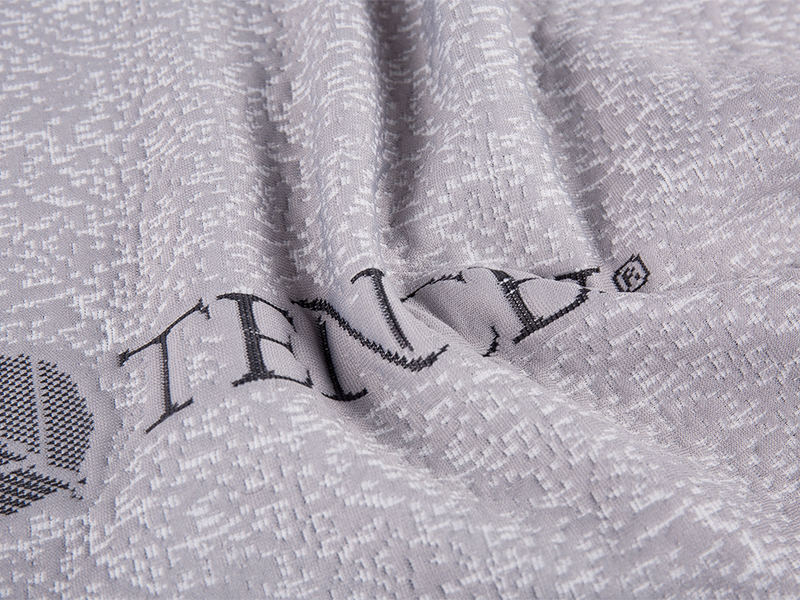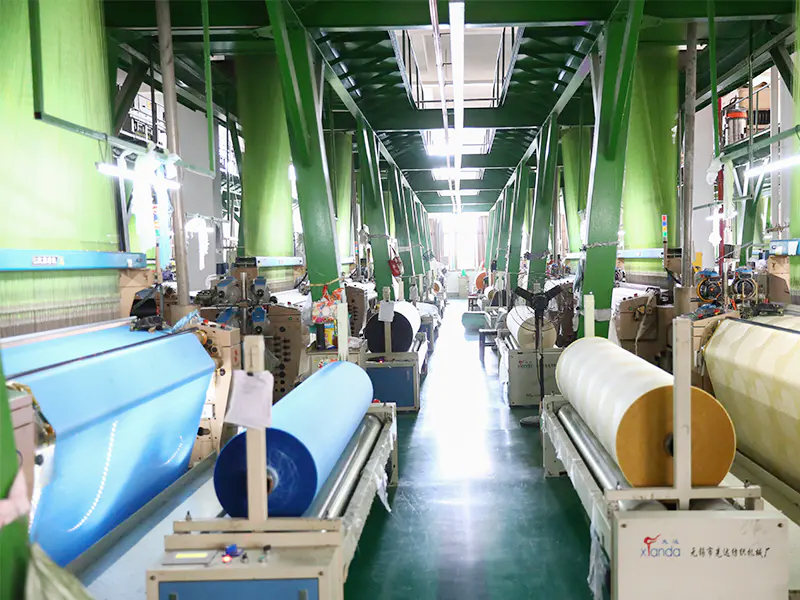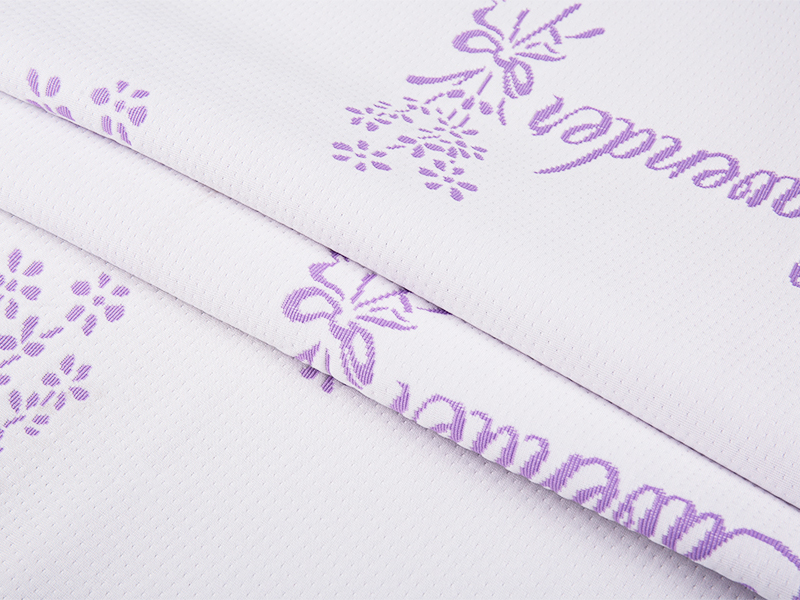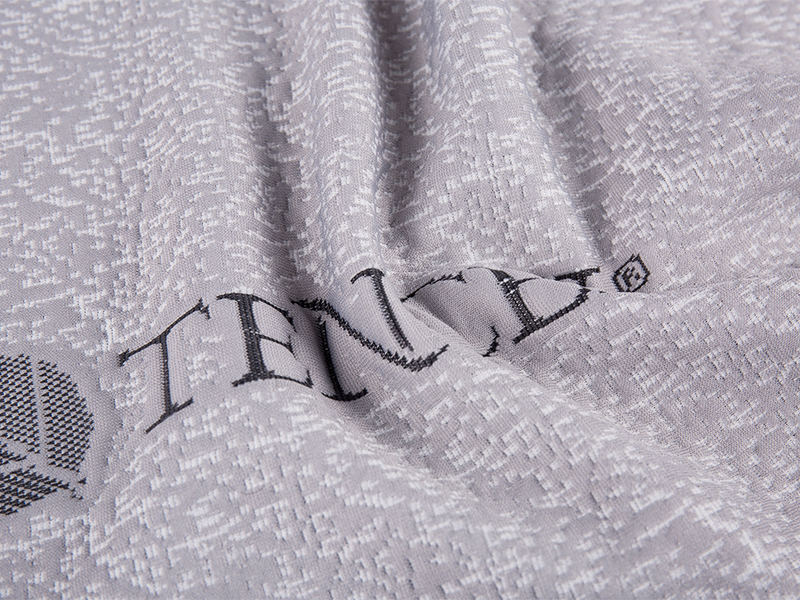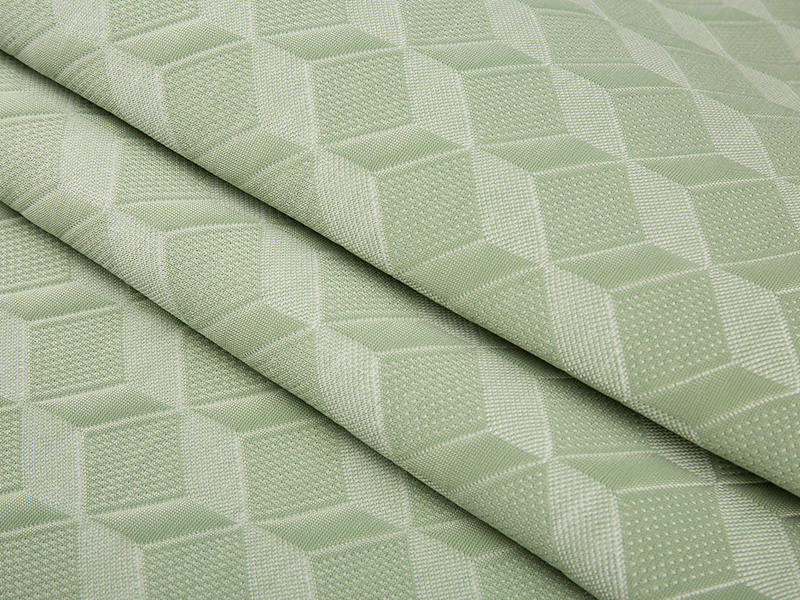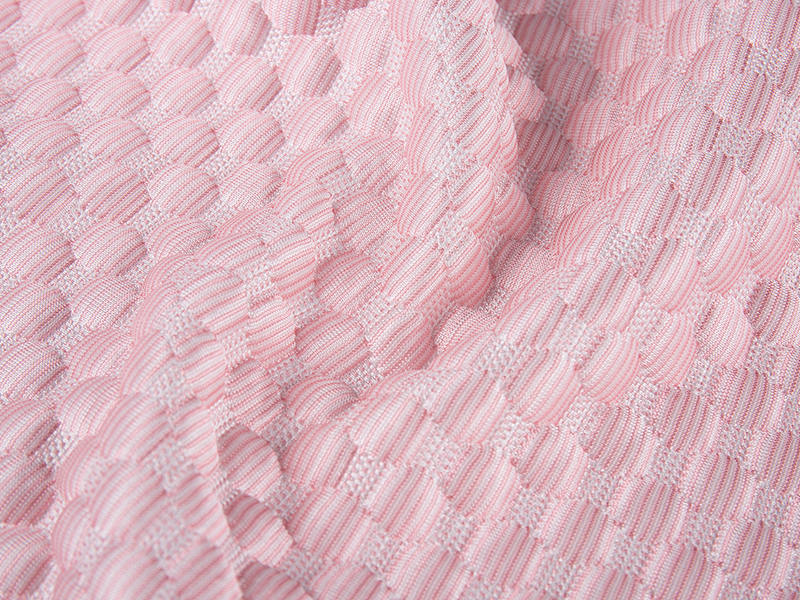When selecting a mattress, most consumers focus on comfort layers and support systems, often overlooking a critical component: the mattress fabric. The density of this fabric, often measured in GSM (Grams per Square Meter), plays a fundamental role in determining not just how a mattress feels, but how long it lasts and how well it performs. Understanding how fabric density affects mattress feel and durability is essential for making an informed investment in your sleep health. This article will explore why this specification is a key indicator of quality and longevity.
What is Fabric Density and How is it Measured?
Fabric density refers to the mass of fibers within a given area of fabric, providing a clear, quantifiable measure of its substance and thickness. In the world of textiles, and particularly for mattress fabric, this is most accurately measured as GSM. This metric is a more reliable indicator of quality than thread count, as it directly reflects the amount of material used, which correlates strongly with durability and performance.
- GSM Defined: Stands for Grams per Square Meter. It is calculated by weighing a one-meter by one-meter square of the fabric.
- Measurement Standard: Provides an objective, standardized way to compare different types of mattress fabrics, from simple knits to complex jacquards.
- Significance: A higher GSM indicates a denser, heavier, and typically more substantial fabric, which is a primary factor in mattress fabric durability.
- Practical Implication: When evaluating a mattress, inquiring about the GSM of the ticking fabric can reveal much about its intended quality and lifespan.
How Fabric Density Directly Influences Mattress Feel
The density of your mattress fabric is the first thing your body interacts with, setting the initial tone for comfort. It significantly influences the tactile experience, breathability, and even the perceived firmness of the mattress. For those wondering how fabric density affects mattress feel, the relationship is both direct and nuanced.
- Plushness vs. Firmness: A high-density fabric (high GSM) often feels plusher and more substantial, adding a layer of cushioning. A low-density fabric feels lighter and more direct.
- Breathability and Temperature: While high-density fabrics are durable, they can be less breathable if not made with advanced fibers. Lower density fabrics often allow for better air circulation.
- Motion Isolation: Denser, thicker fabrics can help absorb and dissipate movement before it transfers through the mattress, beneficial for couples.
- Surface Texture: Density works in tandem with the weave (e.g., jacquard, knit) to create the final texture—smooth, crisp, or textured.
Feel and Comfort Comparison by Density Range
The following table illustrates how different fabric density ranges typically translate to the sleeper's experience, which is crucial for determining the best mattress fabric for comfort.
| Density Range (GSM) | Tactile Feel | Breathability | Ideal Sleeper Profile |
| Low (200 - 280) | Lightweight, Minimalist | High | Hot sleepers, those who prefer a direct feel |
| Medium (280 - 350) | Balanced, Soft | Moderate | Average sleeper seeking a balance of comfort and coolness |
| High (350 - 450) | Plush, Substantial | Low to Moderate* | Those seeking luxury feel and maximum durability |
| Very High (450+) | Heavy-duty, Luxurious | Low* | Premium market, commercial use |
*Note: Breathability in high-GSM fabrics can be engineered using advanced fibers and weaving techniques.
The Critical Link Between Density and Mattress Lifespan
Perhaps the most significant impact of fabric density is on the mattress's longevity. The mattress fabric, or ticking, acts as a protective shield for the internal components. Its ability to withstand daily wear and tear is paramount, and this is where density becomes a non-negotiable factor for mattress fabric durability.
- Resistance to Abrasion: High-density fabrics have more fibers packed tightly together, creating a stronger barrier against friction from sheets, body movement, and general use.
- Pilling and Snag Prevention: Dense weaves are less likely to develop pills or snag, as the individual threads are securely locked in place.
- Structural Integrity: A high-GSM fabric provides better support for the quilting process, preventing the batting from shifting or clumping over time.
- Barrier Protection: It offers superior protection against dust, mites, and accidental spills from reaching the comfort layers below.
Durability and Expected Lifespan by Fabric Density
This comparison demonstrates how investing in a higher-density fabric can directly correlate with the mattress's functional lifespan, a key consideration for mattress fabric maintenance and long-term value.
| Density Range (GSM) | Durability Rating | Common Use Case | Expected Fabric Lifespan* |
| Low (200 - 280) | Standard | Budget-friendly models, guest beds | 3-5 years |
| Medium (280 - 350) | Good | Standard residential models | 5-8 years |
| High (350 - 450) | Excellent | Premium residential models | 8-12+ years |
| Very High (450+) | Superior | Luxury & commercial (hotels) | 12+ years |
*Lifespan can vary based on usage, care, and other material qualities.
Choosing the Right Fabric Density for Your Needs
Selecting the ideal fabric density is a balancing act between comfort, durability, and budget. There is no single "best" density, but rather a best mattress fabric for comfort and durability that aligns with your personal sleep habits and expectations.
- For Hot Sleepers: Prioritize medium-density fabrics made from natural or advanced breathable synthetic fibers to avoid heat buildup.
- For Families with Children/Pets: Opt for a high-density fabric (350+ GSM) for its superior stain resistance, durability, and ability to withstand accidental damage.
- For Allergy Sufferers: A high-density, tightly woven fabric can act as a better barrier against allergens like dust mites.
- For Luxury Feel: Choose a high-GSM fabric for that initial plush, high-quality hand-feel that signifies a premium product.
The Role of Professional Manufacturing in Fabric Density
A specified GSM is only as good as the manufacturing process behind it. Consistent, high-quality fabric density requires precision engineering and rigorous quality control. Established manufacturers like Hangzhou Xiaoshan RongLi Clothing Co., Ltd. utilize advanced weaving machinery from West Germany and Italy to ensure that every meter of fabric, whether jacquard, knitted, or printed, meets exact density specifications. Their commitment to R&D and certifications like Oeko-Tex Standard 100 ensures that the high-density mattress fabric is not only durable but also safe and environmentally compliant, providing a reliable and healthy sleep surface for consumers globally.
- Precision Engineering: Advanced looms are essential for producing fabrics with consistent density and weave integrity across large production runs.
- Quality Assurance: Certifications like ISO9001 provide a framework for systematic quality checks, ensuring the GSM and other properties are as advertised.
- Material Expertise: Experience in blending fibers allows manufacturers to create fabrics that achieve high density without sacrificing breathability or softness.
FAQ
What is a good GSM for a mattress fabric?
A good GSM for a residential mattress fabric typically falls between 280 and 350. This range offers an excellent balance of durability, comfort, and breathability for nightly use. Mattresses below 280 GSM may be sufficient for low-use scenarios but often lack the substance for long-term durability, while those above 350 GSM offer a more premium, robust feel ideal for master bedrooms.
Does higher fabric density mean a hotter sleep?
Not necessarily. While a very high-density fabric can potentially reduce airflow, the base fiber material is a more significant factor. A high-GSM fabric made from natural, breathable cotton or advanced cooling polyester will sleep much cooler than a low-GSM fabric made from a non-breathable material. Modern manufacturing techniques allow for dense weaves that maintain good air circulation.
How does fabric density compare to thread count?
Fabric density (GSM) is a more reliable metric than thread count for evaluating mattress fabric durability. Thread count measures the number of threads per square inch but can be artificially inflated by using multi-ply yarns. GSM directly measures the weight of the fabric, giving a truer representation of its substance, thickness, and the amount of material used in its construction.
Can I improve the durability of a low-density mattress fabric?
While you cannot change the inherent density of the fabric, proper mattress fabric maintenance can extend its life. Using a high-quality, breathable mattress protector is the most effective step, as it acts as a sacrificial layer, shielding the mattress fabric from spills, stains, and abrasion. Regular vacuuming and prompt cleaning of any spills are also crucial.
Is fabric density the most important factor in choosing a mattress?
Fabric density is a critically important factor for longevity and initial feel, but it is one part of a larger picture. The internal support core (innerspring, foam, latex) and comfort layers are equally vital for overall comfort and spinal support. The best mattress fabric for comfort and durability should be seen as the essential protective layer that works in harmony with these internal components.


